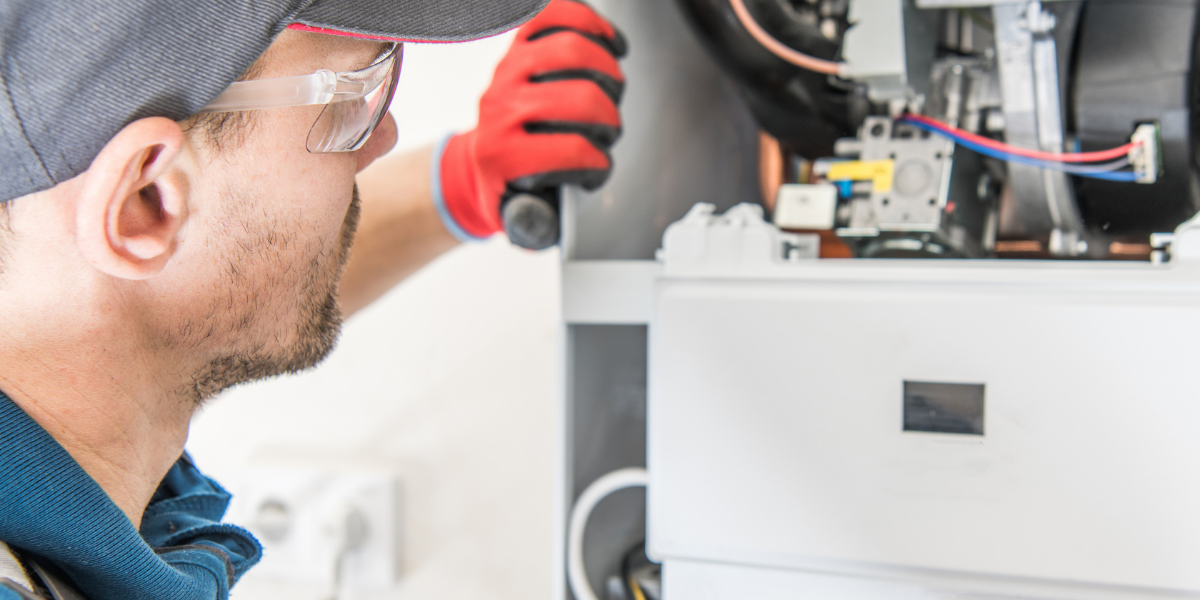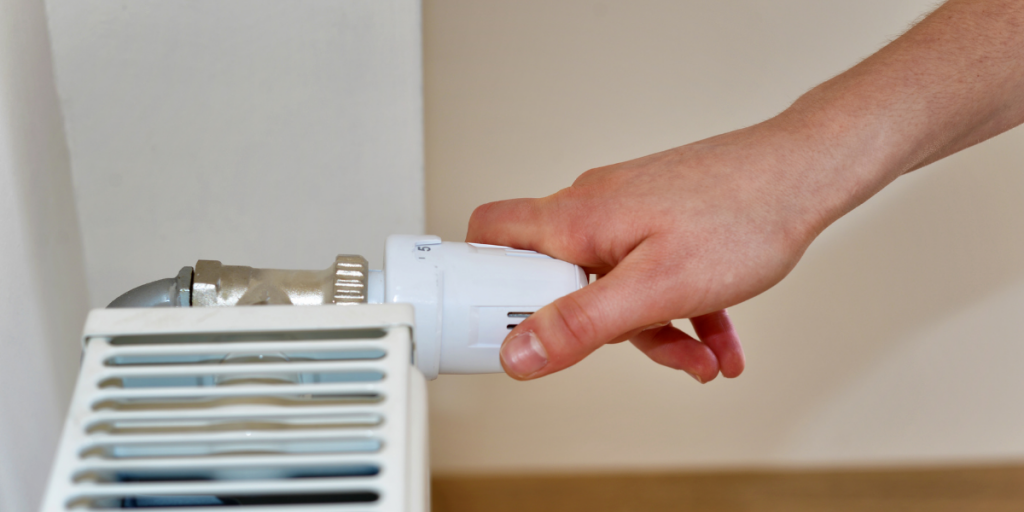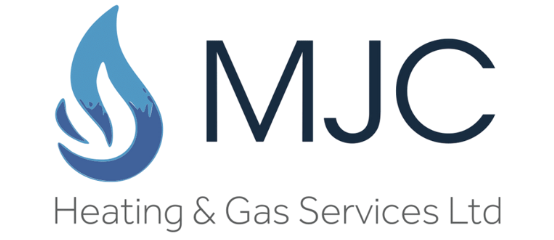
Simply put, a powerflush is a process designed to remove any sludge build-up in the pipes, radiators, and boiler. A central heating engineer uses a power flushing unit to perform the task. The unit sends water through the central heating system at high velocity to dislodge rust, sludge, and debris that has built-up over time.
How to Power Flush Your Central Heating System
While a central heating engineer can make the task look easy, there is more to a heating system power flush than meets the eye. If you want to take on the job and learn how to flush a central heating system on your own, the following instructions should help you get the job done.
Preparation
To start the power flush, you first need to isolate your power supply. Do not remove the earth continuity bond. Close the isolating valves of your central heating pump. From there, you can remove the pump from your system.
If your power flusher has a connecting manifold, you can connect your power flush system to your central heating system. Turn off your radiator valves and disconnect one. Ensure the air bleed valve is open so air can come into your radiator and water can come out from the disconnected valve.
Once all the water has been removed from the radiator, proceed by connecting your power flush to the return valves situated on the tails of your central heating. As soon as you are ready to remove the disconnected radiator, you still have to continue the earth bonding before removing the radiator.
System Check
Before power flushing, do a little system check:
- Ensure the boiler is switched off
- Ensure the radiator valves are fully open
- Ensure the diverter valve is fully open
- Ensure the water supply is closed off
Power Flushing
Make sure the overflow and dumping hoses lead to a suitable waste or drain area. Add the cleaning fluid to the power flush device. Switch your power flush unit on so water starts to circulate around your heating system.
Turn on the boiler to generate heat and the chemicals can also start the cleaning process. Turn off the boiler once water heat has reached 45°. Make sure you reverse the powerflush flow every 10 minutes.
Open all the radiator valves and allow the flush to flow freely. After the system has been flushed out and you can see clean running water coming out, add a neutralising agent to neutralise the cleaning process.
Do another complete flush before adding a corrosion inhibitor. Allow to circulate and close all valves after. Disconnect the power flush unit and reconnect all the items of the central heating system. You can also release all valves to open and turn on water mains.
Frequently Asked Questions About Central Heating Powerflush
How long will the process take?
Length of time needed often depends on two key factors: your heating system’s size and its condition. Typically, a powerflush can take around 8 hours. However, for complex systems, the process can take 2 days.
What are the benefits of getting a powerflush?
The benefits are aplenty. The most relevant ones include:
- Enhanced energy-efficiency
- Less boiler breakdown
- Improved system reliability
- Minimal noise from the boiler and radiators
- Increased system lifespan
- Lower energy bills
- Better hot water and heating quality
What are the telltale signs my central heating needs a powerflush?
The following are common red flags that indicate your central system can benefit from a powerflush:
- Cold areas on radiators
- Heating warms up really slow
- Excessive noise from the heating system pump or the boiler
- Discoloured water each time you bleed the radiators
- Small leaks in the radiators
- Tap water is cloudy
- Radiators are cold but the pipes are hot
- No water escapes when you bleed the radiator
If you notice one (or more) of the above, get in touch with us right away. While a powerflush is sometimes all that’s needed to get your heating back on track, in some cases, it’s not always as straightforward.
Your system might be so damaged that replacing it might be a more cost-effective option than having it repaired.
When is a system power flush ideal?
Powerflushing is recommended when your system is heavily contaminated. Contamination can be attributed to several factors including incorrect installation, bacterial growth, or improper cleaning.
Is it advisable to perform a power flush without a professional?
While possible, it is not recommended. Without proper training, the task can be messy, risky, and complicated. It is important to remember that the job will also require using specialist equipment and chemicals so it’s a job better left in the hands of experts.
Taking on the job might also invalidate your manufacturer’s warranty. A professional engineer can provide a certificate as proof a powerflush has been carried out. This is vital if you need to provide evidence that all the work has been carried out by a professional.
Finally, in the event that you do the work incorrectly, you might end up causing additional damage.

How much will a power flush cost?
Prices can depend on the complexity of the job and the size of your heating system. Generally, rates can start at around £300. While this can seem like a costly expense at first glance, there are potential savings to be made due to enhanced system efficiency.
If your system is also maintained accordingly, you can avoid expensive breakdowns in the future.
Is powerflush always the solution?
In severe cases, it makes more sense to replace the system than carry out a powerflush. Keep in mind that a power flush is not designed to fix any broken parts.
Over to You
While taking on your system’s power flushing can seem like a practical move, it’s not always the case. This is especially true if you lack the needed training to take on the task.
If you live in Newcastle upon Tyne, Sunderland, Bishop Auckland, Darlington, Hartlepool, and the surrounding areas and you need help with your system’s power flushing, we are just a call away!
You can also get a free quote here. We are based in Durham and we cover all areas of the North East.

